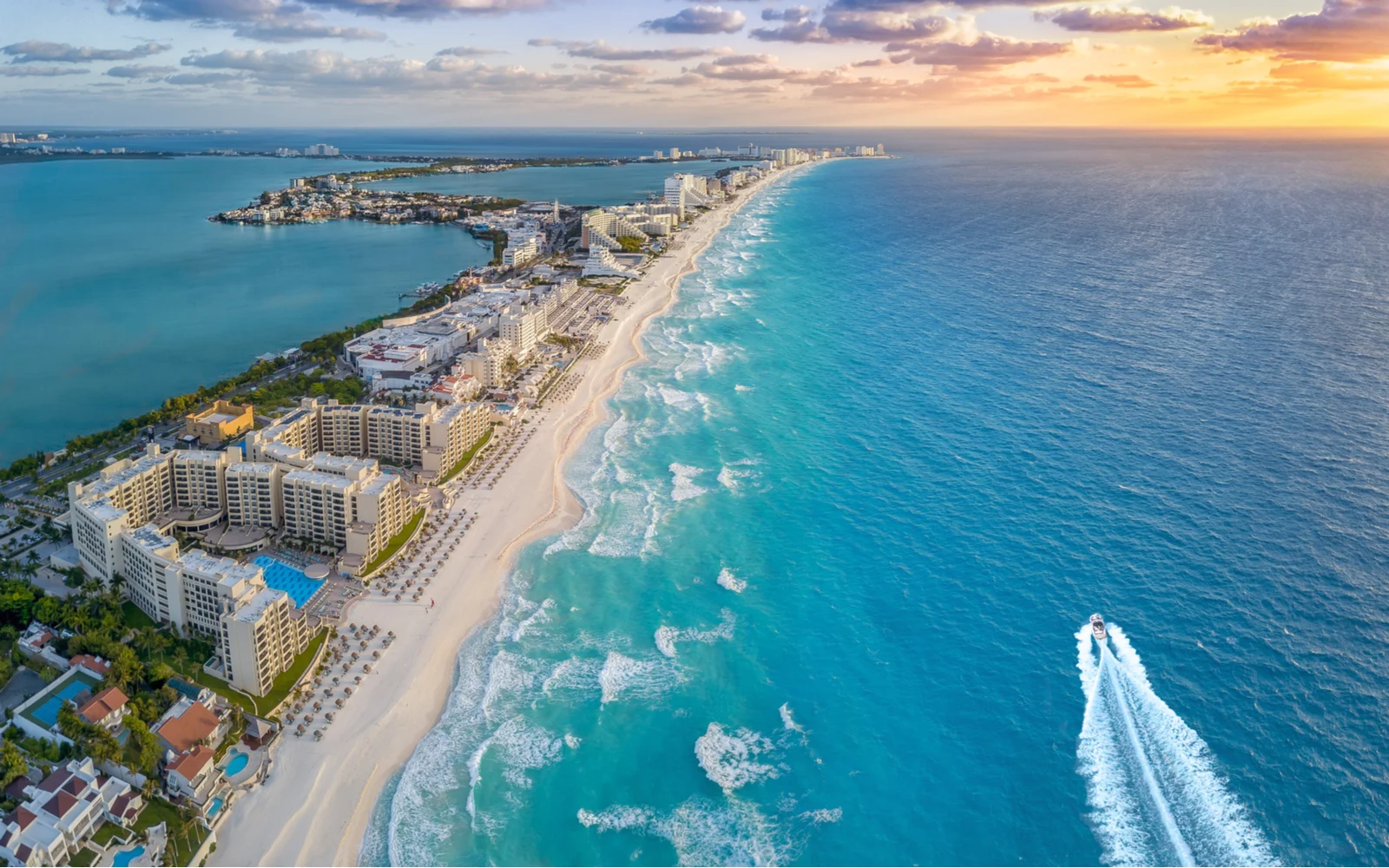In the first quarter of 2022, Mexico saw 5.02 million tourists fly in, over 63% of which were from the US (which doesn’t include overland travel). However, is Mexico safe to travel to? Don’t worry — we’ll show you below.
Is Mexico Safe to Visit in 2025?
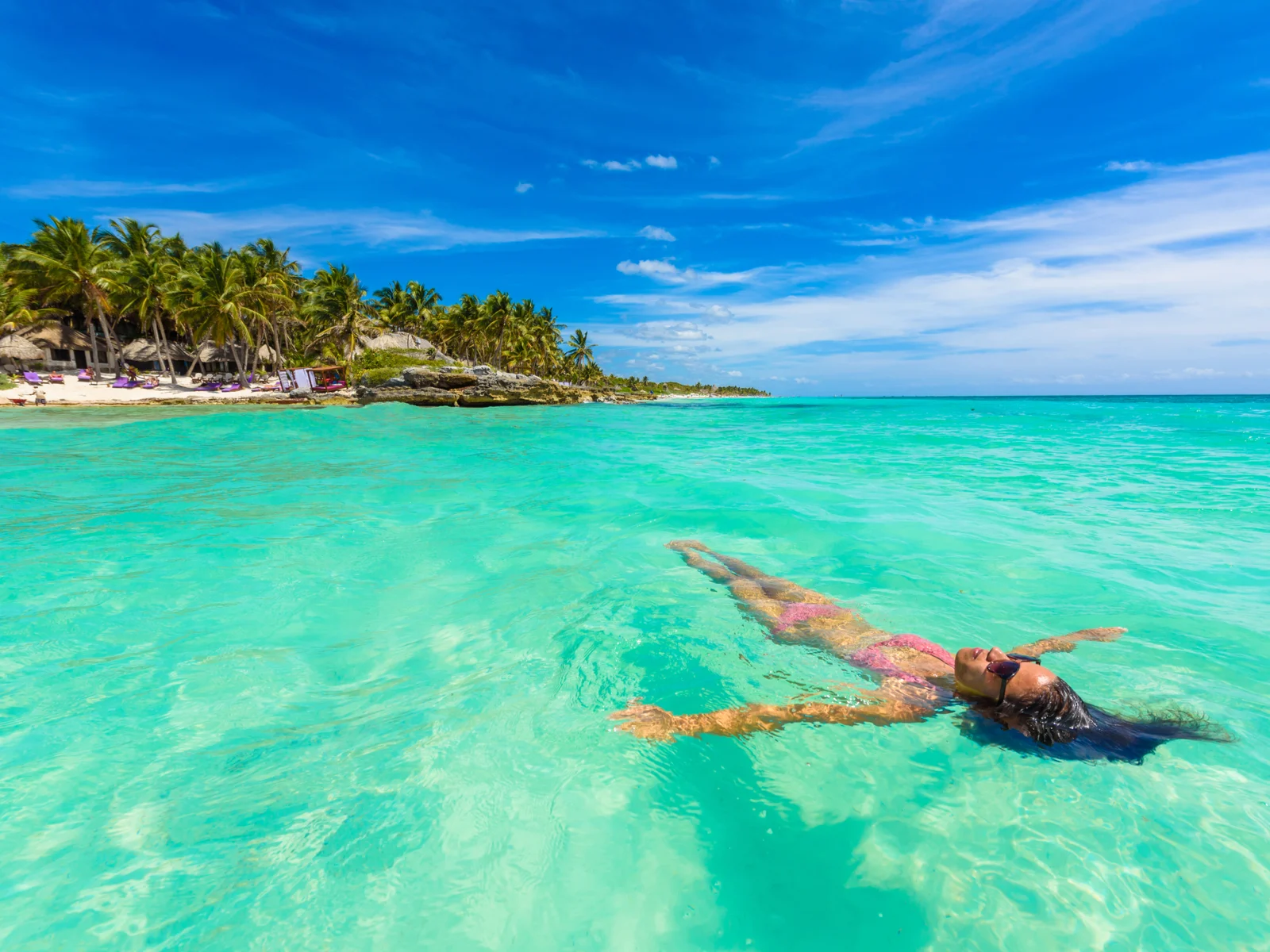
Simon Dannhauer/Shutterstock
Overall, Mexico is safe to travel to, and the vast majority of visits go smoothly, without any incidents. Most popular tourist destinations are pretty safe, as long as you take basic precautions.
The media picks up and sensationalizes the few cases that go wrong. However, Mexico is one of the top 15 largest countries in the world, and some areas are not safe to travel to.
As long as you heed State Department warnings and keep your ears and eyes open, you can expect a safe and smooth trip to Mexico. At the same time, it’s essential to be aware of the most common crimes in Mexico and how to avoid them.
It’s also critical to understand which areas are safe to stay and walk around in and which areas you must avoid. Finally, it’s essential to understand what to do if something goes wrong.
Common Crimes in Mexico
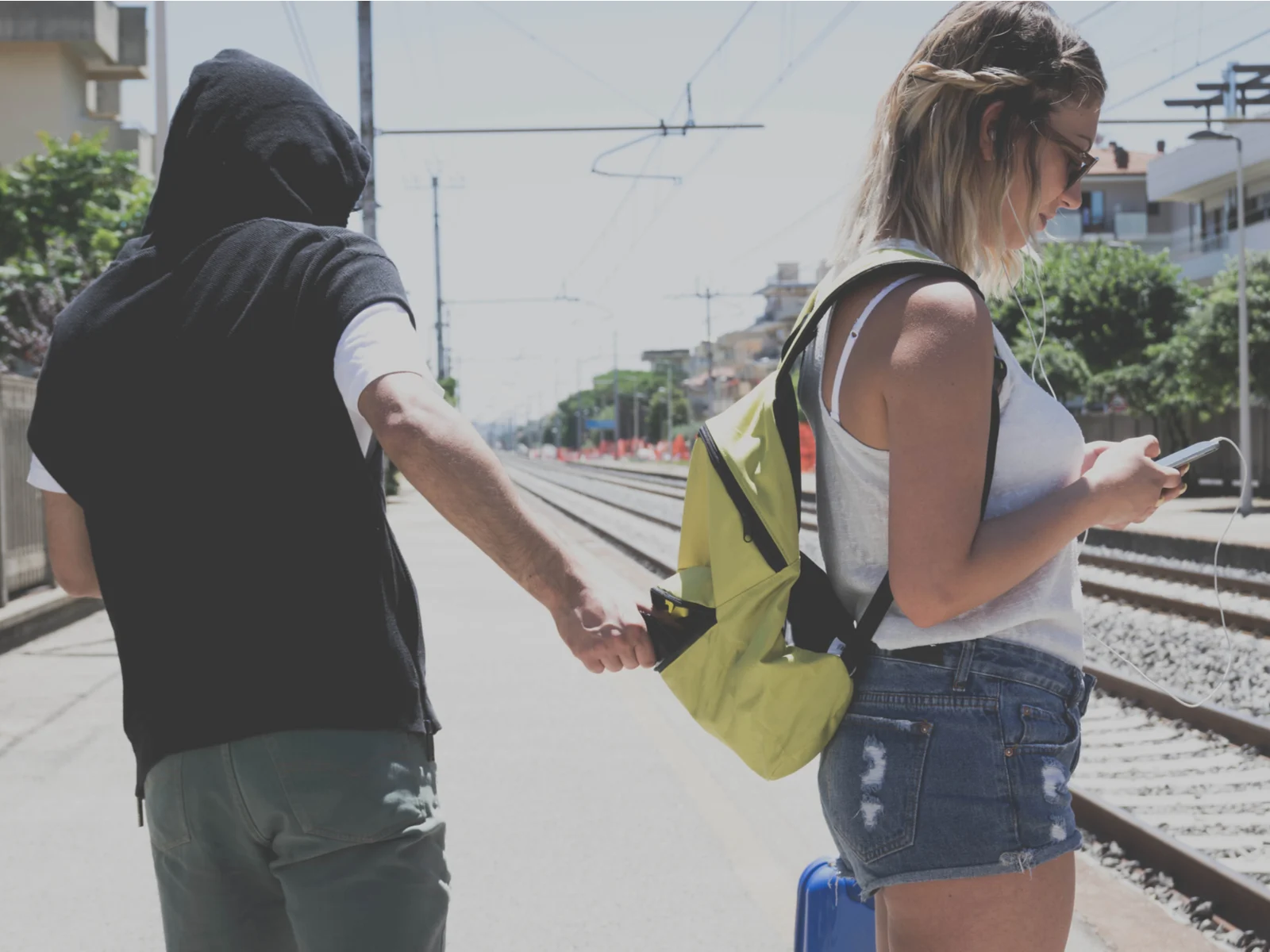
DavideAngelini/Shutterstock
Although homicides in Mexico in 2022 decreased 3.6% from last year, crime is still an issue. It’s important to remember that Mexico is not the US, and US police have no jurisdiction in Mexico.
The Mexican police force is often ineffective, solving just 1% of crimes. Here are the top safety concerns you can expect in Mexico:
- Petty nonviolent crimes, such as pickpocketing
- Armed robberies and muggings
- Cartel and gang activity
- Traffic accidents due to reckless driving
- Corrupt police activity
Avoiding crime is usually relatively straightforward. By sticking to the right neighborhoods, you immediately put yourself out of the way of most violent crime. In addition, cartel and gang activity is usually limited to specific states or areas.
You may not have known that The United Mexican States has 32 states! The State Department is clear about which states have cartel activity – more on that later. It’s also critical to stay in secure lodging and avoid drawing attention to yourself.
If you don’t flaunt your wealth and keep your valuables out of sight, you will prevent most pickpocketing and other petty crimes. Read on to learn about the top ways to stay safe in Mexico.
Avoiding Bad Neighborhoods
Every large city in the world has bad neighborhoods. It’s true of New York City and Los Angeles, and it’s also true of Mexico City, Tijuana, and any other city in Mexico.
In Mexico City, you’d do well by sticking to the popular neighborhoods of Roma Norte, La Condesa, Polanco, and Coyoacan. Most foreigners and tourists stay in these neighborhoods.
They are modern, there are plenty of security guards around, and crime is low. It’s impossible to list the safe neighborhoods of every city or town, as Mexico has too many popular tourist destinations.
The best rule of thumb is to look for a decent hotel and check its reviews. Most likely, someone will have mentioned whether they felt safe in the area or not.
You can also email the hotel beforehand to ask about safety. If many hotels are in one area, it is likely the safest area of the city for tourists. If you decide to stay in an Airbnb, ask the host what safety is like in the area.
Locals working at hotels or who own Airbnbs will be up-to-date on the security situation in their city.
They will advise you where it is safe to walk, which neighborhoods you can visit, and whether you should take an Uber at night instead of walking home. Locals will always be your best source for information about the best neighborhoods in town.
Avoid Flaunting Wealth
Both armed and nonviolent robbery is often opportunistic. By keeping a low profile and avoiding any displays of wealth, you can reduce the risk of being a victim of crime.
For example, one common type of robbery is motorcycle snatching. Two people on a motorcycle drive up to you, and the one on the back grabs your purse or phone. They then speed off before you realize what hit you.
To avoid opportunistic crime, you’ll want to:
- Keep your phone in your pocket as much as possible
- Avoid wearing expensive jewelry, watches, or a camera
- Avoid clothes that make it obvious you are a tourist
- Wear a backpack or a money belt instead of carrying a purse (a purse is easier to snatch)
If you do need to take out your phone to snap a picture or to look at a map, look for a spot that seems secure. If possible, stay away from the road and go into a restaurant or stand near some police officers.
Be Careful Using ATMs
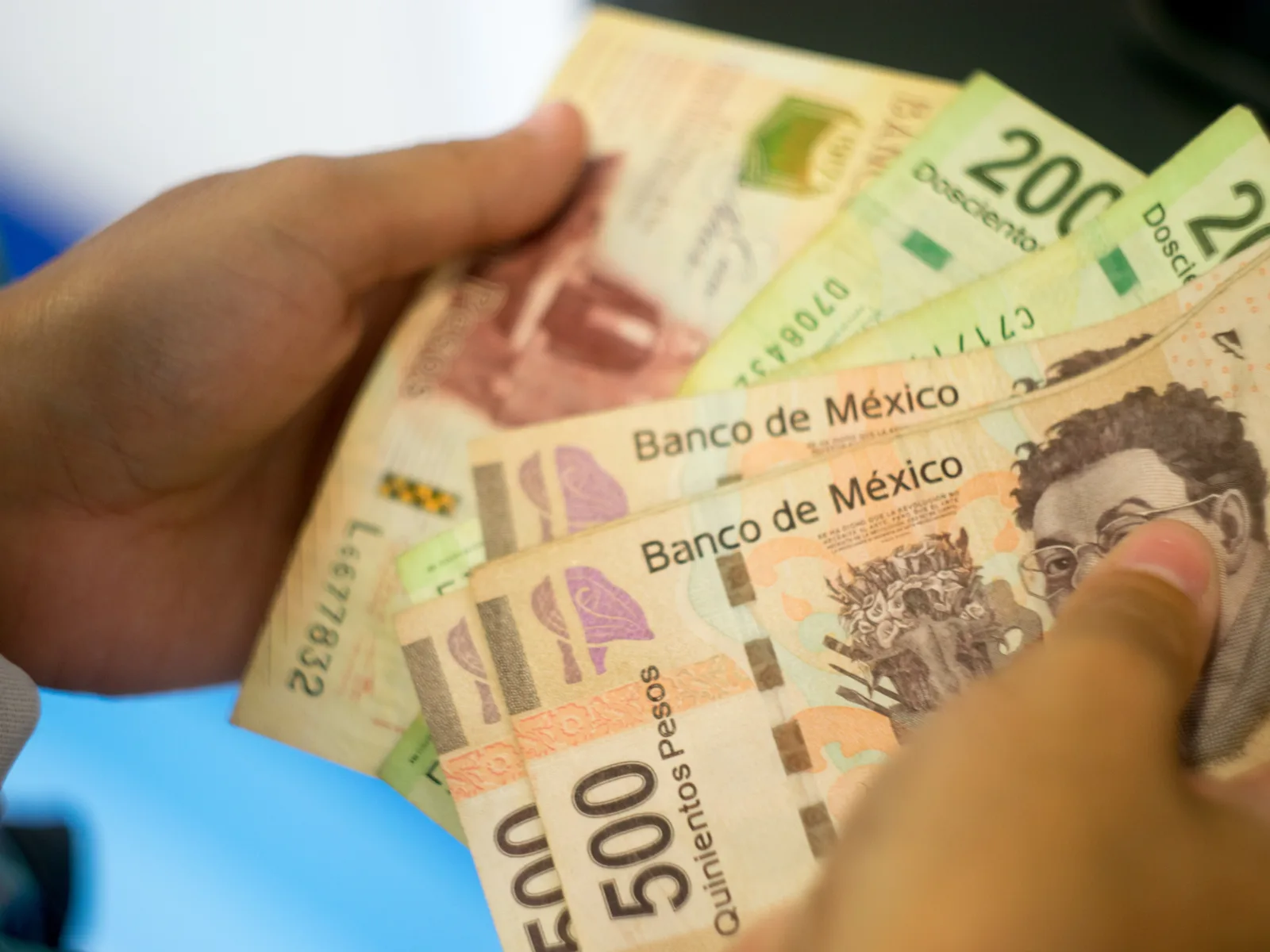
JopStock/Shutterstock
Thieves often target people withdrawing money from ATMs, as they have large amounts of cash and credit cards. It’s best to go to ATMs during the day.
Instead of withdrawing cash from an ATM on the street, where someone might be lurking and following you as you go home, go to a shopping mall with an ATM inside and withdraw money there.
It’s best to travel to Mexico with two credit cards. Take one with you and leave the other one in your hotel. If you do get mugged, or even if you lose your credit card, you will have a backup card to keep you afloat until you get home.
Only Take Ubers or Authorized Taxis
Many tourists have been victims of crimes by sketchy taxi drivers, many of which did not have a license. There are many types of crimes that you can be a victim of when taking a taxi:
- The taxi driver can overcharge you and even use a fake meter to make it look legit.
- The driver may give you back fake bills as change.
- The driver may pick up an armed buddy who takes you to an ATM and forces you to withdraw money and give it to them (“express kidnappings”).
Generally, it’s best to stick to rideshare services like Uber, especially if you don’t speak any Spanish. Uber operates in most of Mexico, though you can also use an alternative app called Didi.
You’ll see the price upfront, and you’ll be able to pay with a credit card. You’ll also be able to track where you are going on the map, and you can check the driver’s reviews and ratings beforehand.
If you must use a taxi, ask your hotel to order one for you or go to a taxi stand and get one from there. Flagging a cab down from the street increases your risk.
Avoid Travel to the Dangerous States
As mentioned, Mexico has 32 states. According to the US State Department, the safest states are Campeche and Yucatán. The most dangerous states, where there is a risk of crime, cartel activity, and kidnapping, include:
- Michoacán
- Colima
- Sinaloa
- Tamaulipas
- Guerrero
The State Department recommends against all travel to those states for any reason. It also suggests that you reconsider travel to the following states:
- Chihuahua
- Sonora
- Guanajuato
- Coahuila
- Baja California
- Mexico
- Jalisco
- Nayarit
- Zacatecas
- Morelos
- Durango
Fortunately, most popular tourist destinations are not on those lists. For example, the popular destinations of Cancun and Tulum are in the state of Quintana Roo.
Mexico City is a state of its own, and Oaxaca City is in the state of Oaxaca. La Paz is in Baja California Sur.
Always refer back to the State Department advisory before your trip, as the situation is fluid and subject to change. The State Department does a pretty good job of keeping the information on that list updated based on current on-the-ground information.
Beware of Corrupt Cops
Corruption is high in Mexico, and it is not uncommon for corrupt police officers to demand bribes from tourists. Some thieves may also pose as police officers using uniforms they bought on the black market and are wearing illegally.
If a police officer stops you, here’s what to do:
- Ask to see their ID to verify that they are legit.
- Call your hotel or Airbnb host so they can translate for you.
- Call your embassy for assistance.
- If you feel like they are asking you for a bribe, ask to speak to a higher-up.
- Do not pay money. Ask for the officer’s details (such as their name and badge number) and a written copy of the fine. If it’s a legitimate fine, you can pay it later at the station, according to the UK government.
Be Careful on the Road
Crime also includes reckless or drunk driving. Stick to sidewalks and only cross the road when it’s safe. Avoid jaywalking or walking in dark areas at night. If you are driving, exercise extreme caution, and avoid speeding.
Know What to Do If a Crime Occurs
If you are the subject of a crime, it’s essential to know what to do. Here are some tips to keep in mind:
- If someone steals your credit card, call your bank and cancel it.
- Don’t resist an attempted robbery, even if you don’t see a weapon (it may be out of your sight). Most thefts do not result in injury when you don’t resist.
- The French government recommends keeping a small amount of cash (such as 150 pesos) to give to a potential mugger. That way, they won’t get angry and lash out at you.
- Report the crime to local police. If you need assistance, call the embassy.
Things to Consider
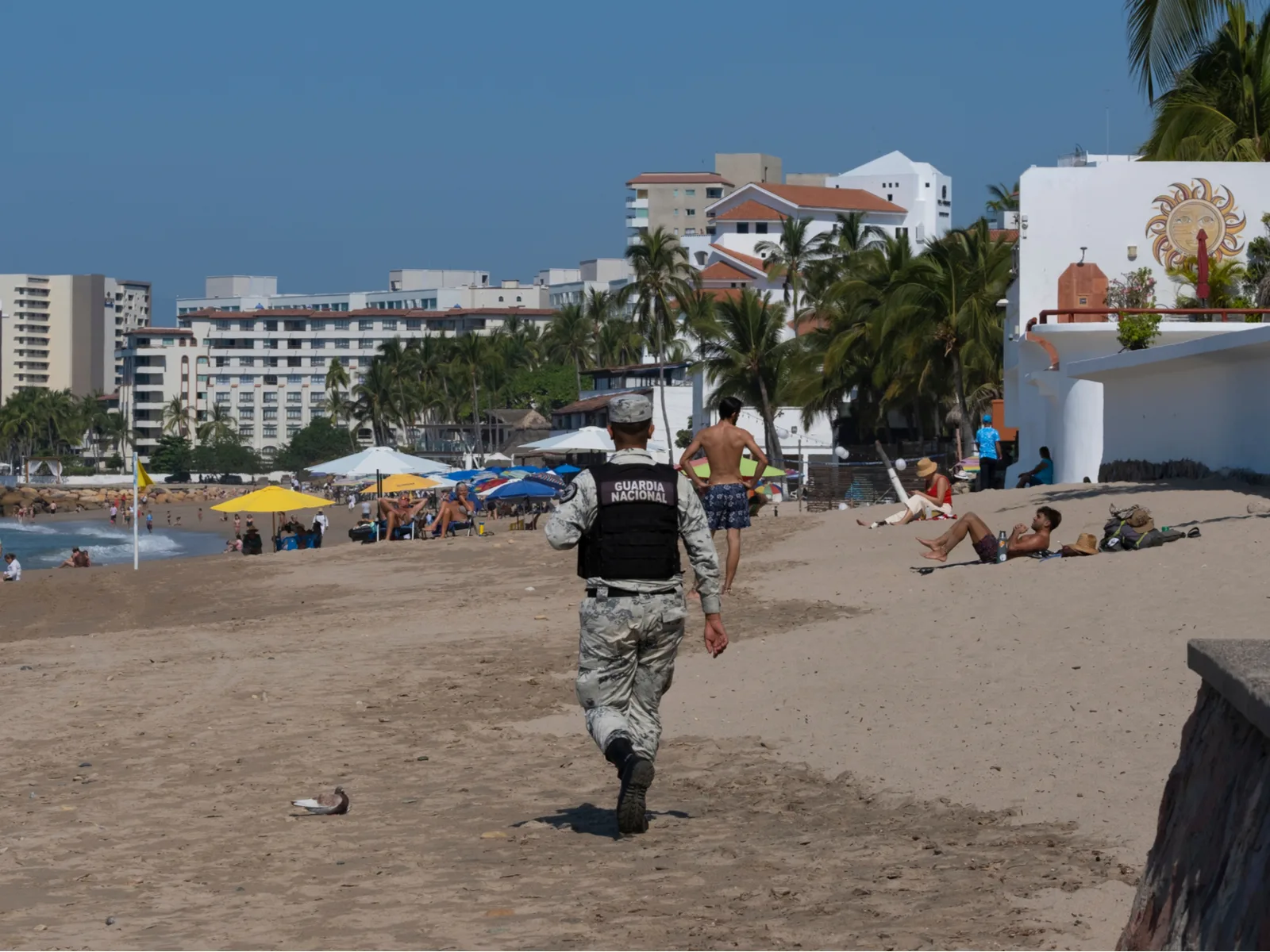
Elena Berd/Shutterstock
Before we wrap up, here are some pointers to keep in mind when traveling to Mexico.
Things to Do
- Check government travel advisories before traveling.
- Stick to areas that locals have recommended as safe.
- Take an Uber or an organized tour.
- Keep some extra cash and an extra card at your hotel or Airbnb.
- Be aware of your surroundings and anyone who is following you or looks suspicious.
- Learn some basic Spanish so you can communicate with locals.
- Know that 911 is the number to call for police, fire, and ambulance services.
- Take out a travel insurance policy before you go.
Things Not to Do
- Flaunt your wealth or wear an expensive watch.
- Wander around in unknown areas.
- Walk around in unlit spaces after dark.
- Take public buses if you are not familiar with the route (armed robbers sometimes target buses).
- Take your wallet or phone out in public.
- Go to states that the government recommends against travel to.
Frequently Asked Questions
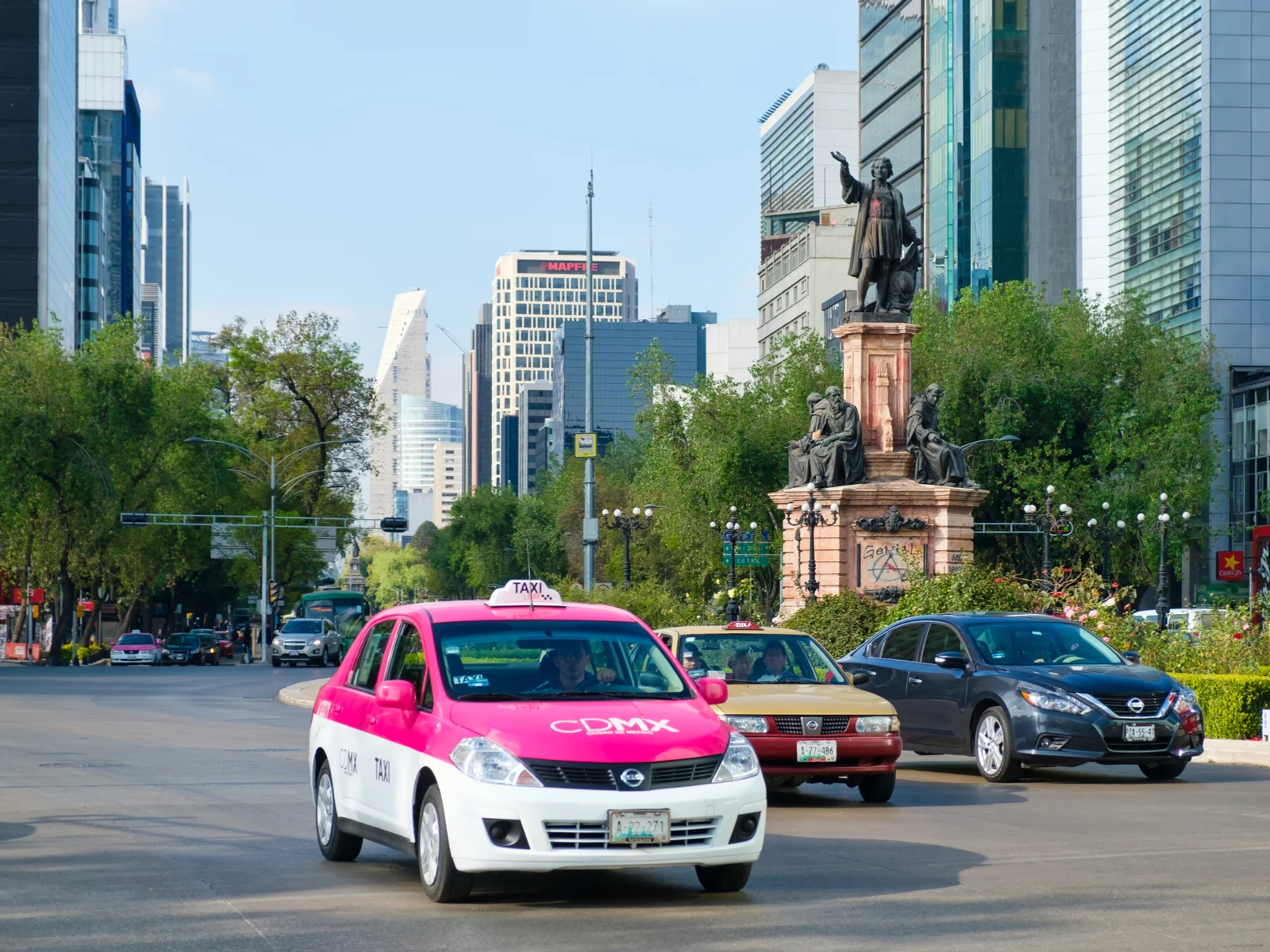
Kamira/Shutterstock
Are you still concerned about safety in Mexico? Here are the most common questions we see from readers:
What should I avoid in Mexico?
Avoid flaunting valuables, taking public transport, or walking in unsafe neighborhoods. Also, avoid leaving food and drink unattended in restaurants due to the risk of drugging.
Is Mexico safe for a solo female?
Yes. Mexico is generally safe for a solo female traveler. The same advice as above applies. Stick to secure areas, don’t walk around alone at night, and don’t hitchhike or take unauthorized taxis.
Is Mexico City safe at night?
The risk of crime increases at night, especially when it gets very late. Stick to well-lit areas and safe neighborhoods like Condesa. If the streets get empty, go home.
How safe is Cancun for tourists?
As a top tourist destination, the Mexican authorities have priortized securing Cancun. However, crime still occurs, so be aware of your surroundings and don’t get a false sense of security.
Which areas of Mexico should I avoid?
Avoid states like Sinaloa and Michoacán. In addition, avoid sketchy neighborhoods. Hillside neighborhoods on the outskirts of town generally feature higher levels of gang activity; avoid them.
Over to You — Book Your Trip Today!
Mexico is a pretty safe country for travelers, and most tourists visit without any incidents. By following the safety advice above, you can stay safe and enjoy your vacation. And, just like any big city, remain vigilant and use common sense.



